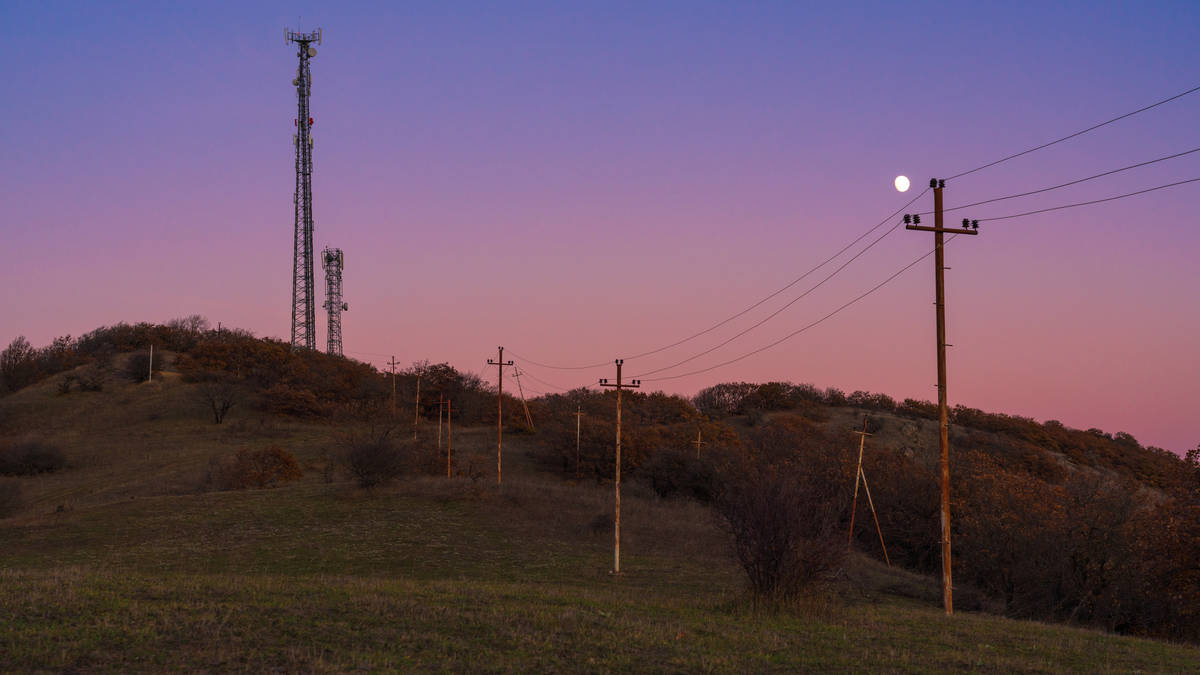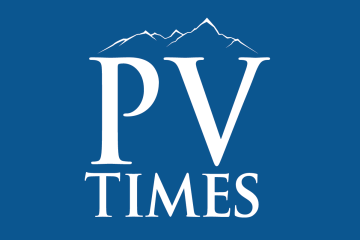FCC approves program for broadband assistance
The FCC voted Feb. 25 to formally adopt a report and order that establishes the Emergency Broadband Benefit Program, a $3.2 billion federal initiative to provide qualifying households discounts on their internet service bills and an opportunity to receive a discount on a computer or tablet.
The program marks the nation’s largest to help households nationwide afford broadband service. This $3.2 billion program, expected to roll out in the next couple of months, is designed to lower the cost of high-speed internet service for those struggling to get the connectivity they need during the ongoing pandemic.
“This is a program that will help those at risk of digital disconnection,” Acting Chairwoman Jessica Rosenwood said. “It will help those sitting in cars in parking lots just to catch a Wi-Fi signal to go online for work. It will help those lingering outside the library with a laptop just to get a wireless signal for remote learning. It will help those who worry about choosing between paying a broadband bill and paying rent or buying groceries.
“In short, this program can make a meaningful difference in the lives of people across the country. That’s why our work is already underway to get this program up and running, and I expect it to be open to eligible households within the next 60 days as providers sign up and program systems are put in place,” Rosenwood noted in a statement following the Feb. 25 passage. “I have confidence in our staff that we will do this carefully, swiftly and the right way.”
The Emergency Broadband Benefit Program will provide eligible households with discounts of up to $50 a month for broadband service, and up to $75 a month if the household is on tribal lands.
It also will provide a one-time discount of up to $100 on a computer or tablet for eligible households.
Under the law, the Emergency Broadband Benefit Program is open to households that participate in an existing low-income or pandemic relief program offered by a broadband provider; Lifeline subscribers, including those that are on Medicaid or accept SNAP benefits; households with kids receiving free and reduced-price lunch or school breakfast; Pell Grant recipients; and those who have lost jobs and seen their income reduced in the past year.
















